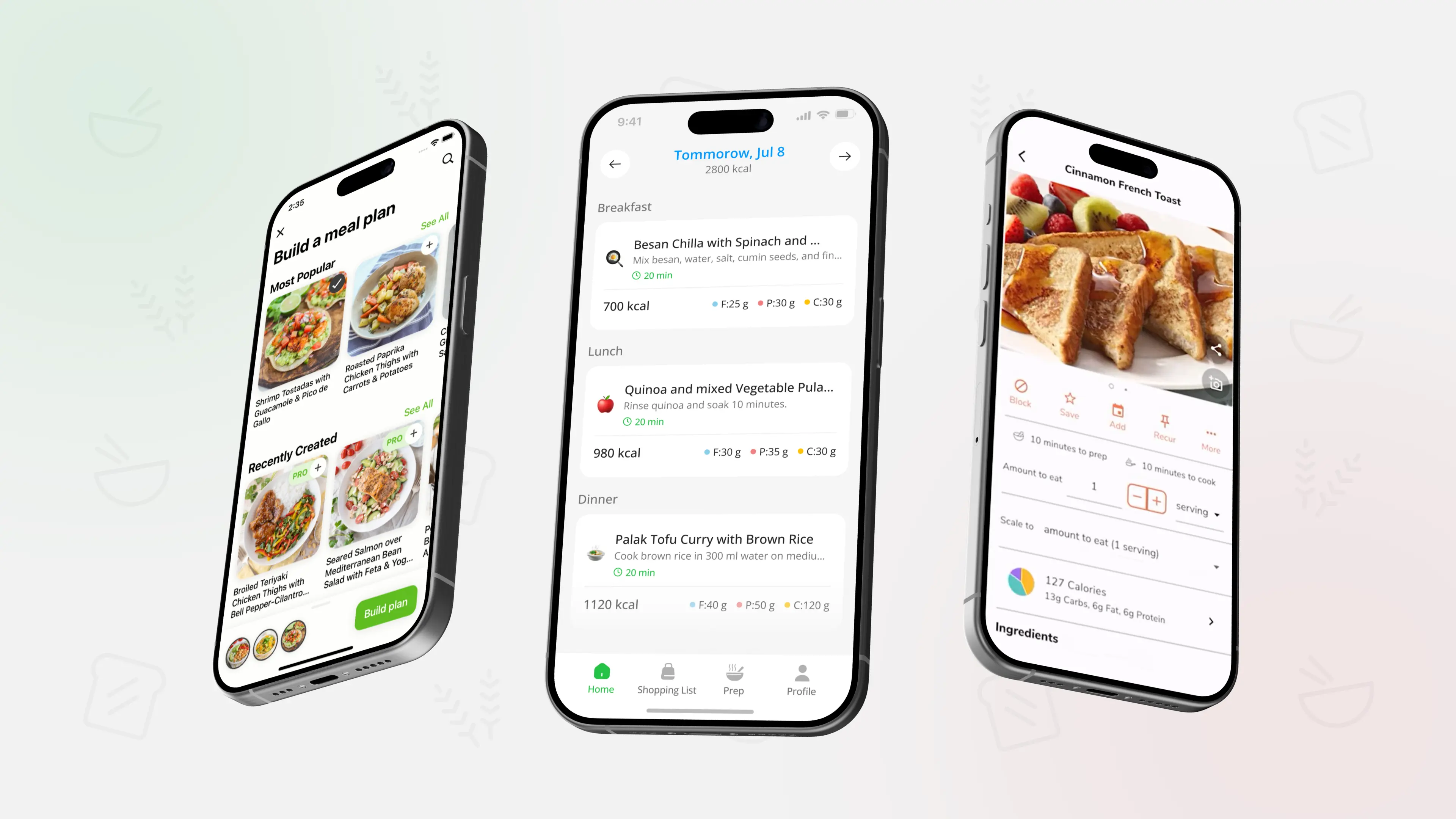Grocery List Structure & Money-Saving Tips

TL;DR: A good grocery list is not just a pile of items. When you group foods by store section, tie them to a weekly meal plan, and add a few money-saving rules, you shop faster, waste less, and spend more of your budget on food you actually use. The goal is a repeatable list structure you can reuse every week, not a perfect one-time spreadsheet.
Why grocery list structure matters more than willpower
Most people do not overspend at the store because they lack discipline. They overspend because the list is vague, incomplete, or built at the last minute. That leads to more impulse buys, repeated "just in case" items, and forgotten ingredients that force extra trips.
A clear grocery list structure solves different problems:
- You know exactly which meals you are shopping for.
- You move through the store once instead of looping back for missed items.
- You can spot where most of your money goes and adjust without counting every cent.
You do not need an elaborate system. A simple weekly meal plan plus a structured list already puts you ahead of improvising every day. If you are completely new to meal planning, it can help to start with the basics in Meal Planning Basics: How to Start (Beginner Guide) and then upgrade your grocery list once that feels familiar.
Build a grocery list structure that works every week
Think of your grocery list as a small map of how you shop and cook, not just a list of foods you like. A useful structure is simple enough to write quickly and detailed enough to guide you in the store.
Group by store sections
Divide your list into a few repeatable categories:
- Produce: fruits, salad mixes, vegetables, fresh herbs.
- Dairy and eggs: milk, yogurt, cheese, eggs.
- Pantry: grains, pasta, canned beans, canned tomatoes, oils, spices.
- Protein: meat, fish, tofu, plant based proteins.
- Freezer: frozen vegetables, berries, bread, prepared items you use often.
- Bread and bakery: loaves, tortillas, rolls if you buy them fresh.
This way you can move through the store in one pass instead of jumping between aisles.
Split between staples and recipe ingredients
Within each section, mark items that belong to specific recipes versus those that are staples you buy most weeks.
- Staples: oats, rice, coffee, milk, basic fruits and vegetables you eat often.
- Recipe ingredients: items you only buy when a specific dish is on the plan, like feta cheese for a salad or cilantro for tacos.
Seeing these groups separately makes it easier to trim extras when you need to save money.
Connect the list to your weekly plan
Instead of listing "vegetables" or "meat", write items in the context of meals:
- "Stir fry: broccoli, bell peppers, tofu."
- "Taco night: tortillas, ground turkey or beans, lettuce, tomato, cheese."
- "Soup: carrots, celery, onion, lentils, canned tomatoes."
If you prefer fast planning, you can build a simple weekly pattern first, then translate it into a list. For a quick routine that fits into about half an hour, see Quick Meal Planning: Build a 30-Minute Weekly Plan.
If you do not enjoy writing lists from scratch, you can use PlanEat AI to generate a weekly meal plan and a grouped grocery list based on your goals, dislikes, and cooking time. You then review the list once, remove anything you already have at home, and go to the store with a clear plan instead of starting from a blank page.
Money-saving principles baked into your list
A structured list already saves time. With a few extra habits, it also helps you spend less without turning every trip into a budgeting exercise.
Shop your kitchen first
Before you write the list, take five minutes to look through your fridge, freezer, and pantry.
- Note which vegetables, proteins, or grains need to be used soon.
- Base one or two meals on those ingredients.
- Cross them off the list so you are not rebuying what you already have.
This is one of the simplest ways to reduce waste and extra spending.
Favor versatile, low waste ingredients
Some foods work in many dishes and keep well. Others are single use and spoil quickly.
- Versatile options: carrots, onions, potatoes, rice, oats, frozen vegetables, eggs, canned beans.
- More fragile items: delicate herbs, unusual condiments, niche ingredients.
It does not mean you never buy specialty items, but that you build your list around ingredients that can appear in several meals.
Use unit prices, not just sale tags
Sale labels can be misleading if you do not look at the price per ounce or per pound.
- Compare unit prices between brands and sizes.
- Check whether the larger size will actually be used before it spoils.
- Remember that store brands are often cheaper for the same quality.
If you like concrete examples of how a week of budget friendly ingredients can look, you can borrow ideas from 50 Dollar Week Healthy Grocery List (US) and adapt them to your local prices and store.
Limit expensive convenience food, not all of it
Cutting every prepared item is not realistic for most people. Instead, decide which convenience foods are worth the price for you.
- Keep a short list of high value shortcuts, such as pre washed salad or frozen vegetables.
- Reduce lower value items that you could easily assemble yourself, like sugary drinks or snacks you rarely enjoy fully.
From weekly plan to efficient grocery list: a quick example
Below is a simple example of how a weekly plan can turn into a clear grocery list. Exact items can change, but the structure is what you want to reuse.
Dinner pattern for the week
- Stir fry night.
- Taco or wrap night.
- Pasta night.
- Soup or stew night.
- One flexible night for leftovers or eating out.
Meals for this week
- Stir fry: tofu and vegetable stir fry with rice.
- Tacos: ground turkey or black bean tacos with lettuce and tomato.
- Pasta: whole grain pasta with tomato lentil sauce and a side salad.
- Soup: vegetable and lentil soup with bread.
- Flexible: leftovers or something simple from the freezer.
Grocery list by section
- Produce: onions, garlic, carrots, celery, bell peppers, lettuce, tomatoes, salad mix, lemons.
- Dairy and eggs: yogurt, cheese, milk, eggs.
- Pantry: rice, whole grain pasta, lentils, canned tomatoes, black beans, tortillas, olive oil, basic spices.
- Protein: tofu, ground turkey or extra beans if vegetarian.
- Freezer: frozen mixed vegetables if you like backup options.
- Bread and bakery: whole grain bread for soup nights.
You can scan this list quickly at home before shopping to remove anything you already have. If you want a fuller example that includes all meals for seven days, you can connect this idea to a structured plan like 7-Day Balanced Meal Plan (With Grocery List) and then apply the same list structure in your own store.
If you like how this list flows, you can save similar patterns inside PlanEat AI. The app keeps your weekly meal plan and grouped grocery list together, so each week you only adjust a few meals and ingredients instead of rebuilding the entire structure from scratch.
Simplify breakfasts and lunches
To keep your weekly plan fast, treat breakfasts and lunches as simple templates rather than full recipes.
- Rotate between two or three breakfast options, such as oats, yogurt and fruit, or eggs and toast.
- For lunches, aim for leftovers plus one or two easy combinations like grain bowls or sandwiches with vegetables.
This way, most of your planning energy goes into dinners, which tend to be the hardest meals to manage.
Habits that protect your budget at the store
Even the best grocery list can fail if store habits work against it. A few simple rules help your list do its job.
Stick to the list most of the time
Allow yourself a small margin for unplanned items, such as one or two impulse choices, not a full extra cart section. If something looks good, ask yourself which planned item it replaces.
Avoid shopping hungry
Going to the store very hungry makes every display more tempting. If possible, have a small snack first or choose a time of day when your appetite feels steady.
Limit the number of trips
Each extra visit to the store adds opportunities for impulse buys. A solid weekly list and one main trip often cost less overall than several small visits.
Review what worked and what did not
At the end of the week, notice which foods you threw away and which ran out too quickly.
- Reduce how often you buy items that regularly spoil.
- Increase or keep stable the ingredients you use fully and enjoy.
Adjusting your list based on reality makes it more accurate and budget friendly over time.
FAQ:
Do I really need a written grocery list to save money
You can shop without a list, but it is much harder to keep track of what you already have and what you actually need. A simple written list, on paper or in an app, is one of the easiest ways to avoid duplicate items and last minute extras.
Is it cheaper to shop once a week or more often
For most people, one main shopping trip with a good list is cheaper than several smaller trips. Each extra visit creates more chances for impulse buys and repeated purchases. That said, picking up a small midweek top up for fresh items can still fit within your plan if it is intentional.
Are store brands always the best choice for saving money
Store brands are often less expensive and similar in quality to name brands, especially for basics like oats, rice, canned beans, and frozen vegetables. There are exceptions, so it helps to try a few options and see where the quality difference matters to you.
How can I save money if I prefer fresh produce to frozen
Fresh produce can fit into a budget if you plan how you use it. Buy a mix of longer lasting items, like carrots and cabbage, and shorter lasting ones, like berries or salad greens. Use the most fragile foods early in the week and rely on sturdier or frozen options later.
Do I need a meal planning app to build a good grocery list
No. Paper and a pen are enough. A meal planning app can speed up the process by generating weekly meal plans and grouped grocery lists, especially if you have many preferences and a busy schedule. The best method is the one you can follow consistently.
Educational content only - not medical advice.
A smarter grocery list for your budget
Group foods by store section, link each item to specific meals, and favor versatile ingredients you will actually use. Over time, a structured grocery list turns shopping from guesswork into a routine that saves both time and money.


.webp)
.webp)
.webp)
.webp)
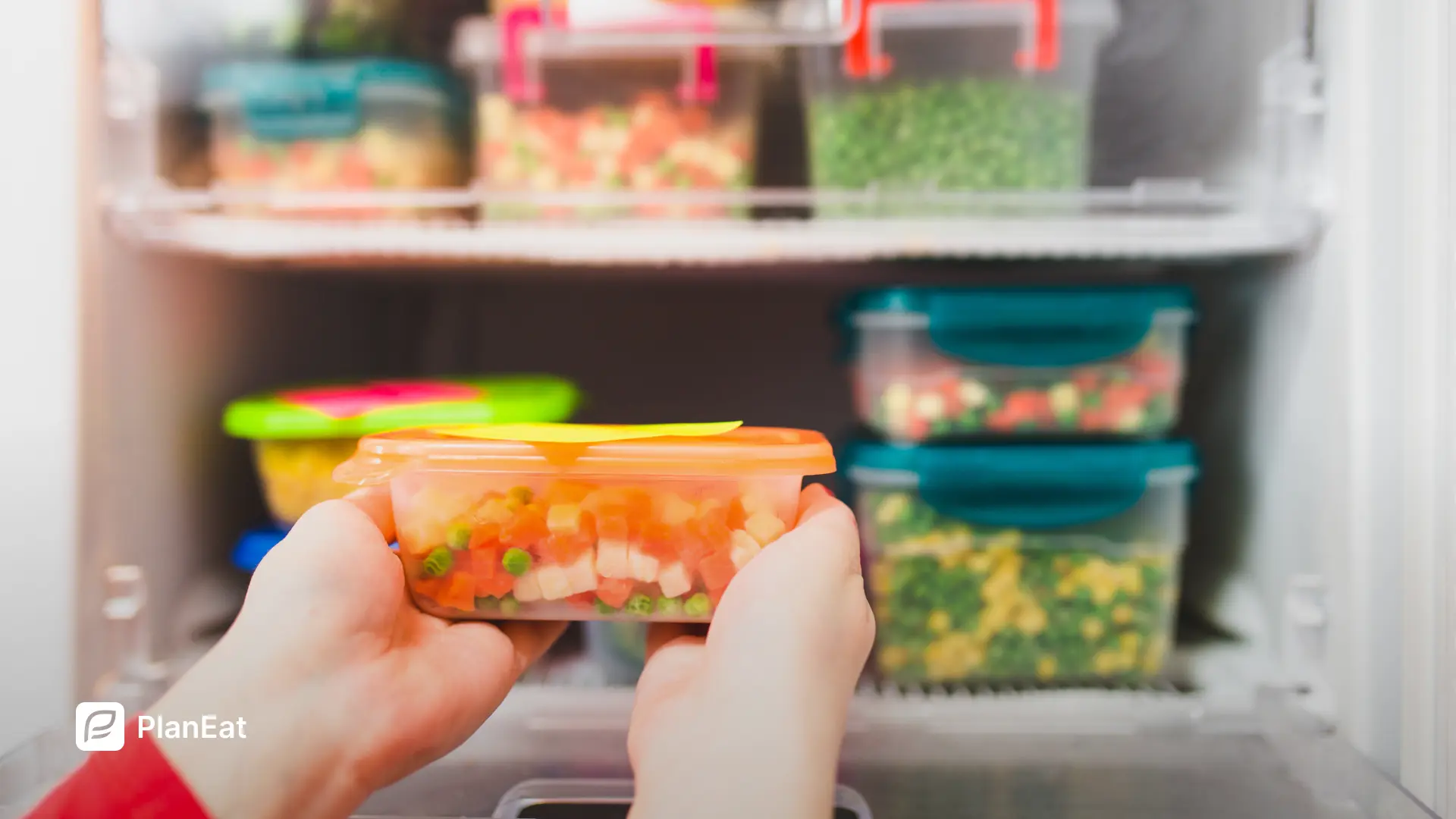
.webp)
.webp)
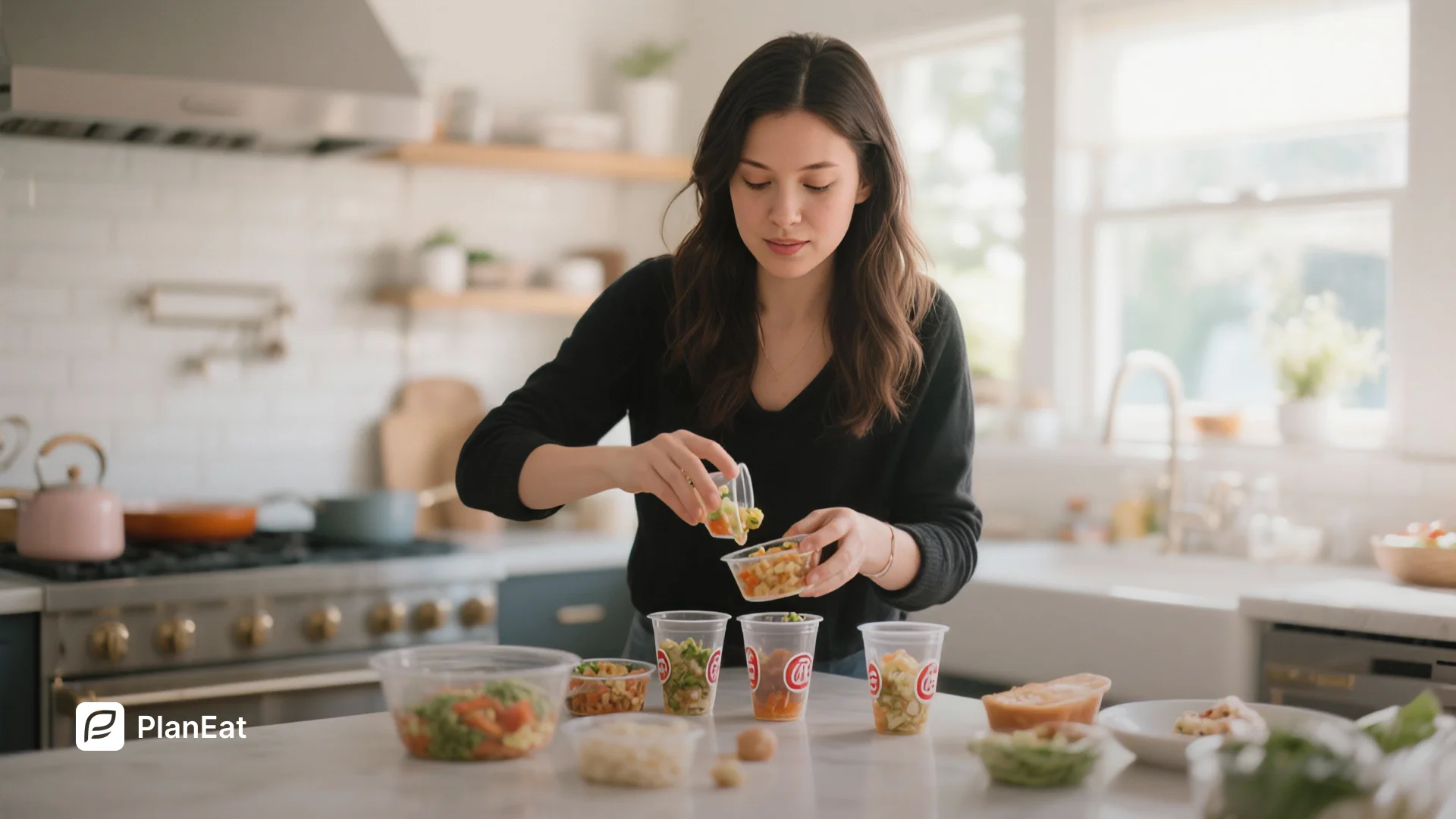
.webp)
.webp)
..webp)
.webp)
.webp)

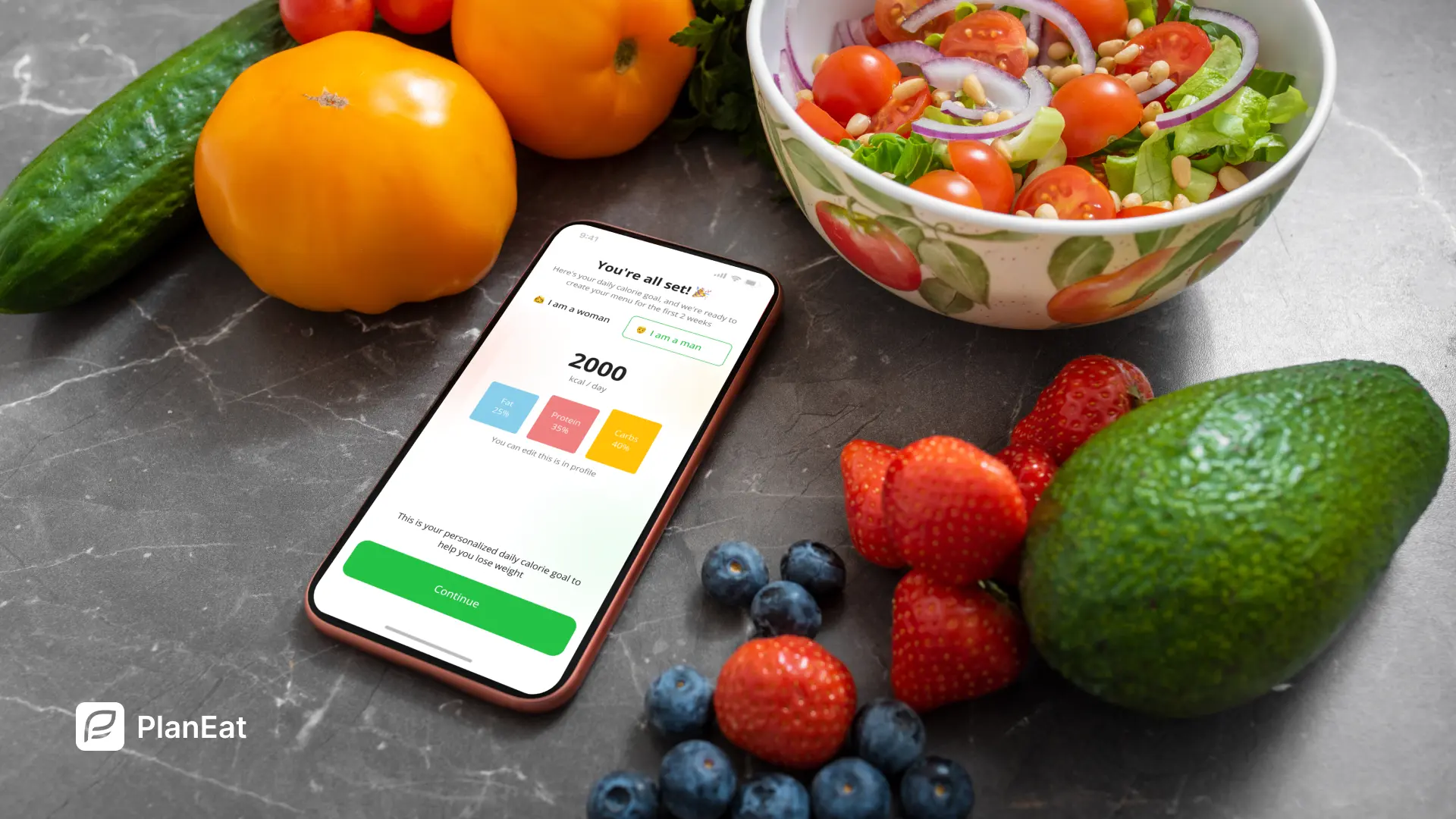
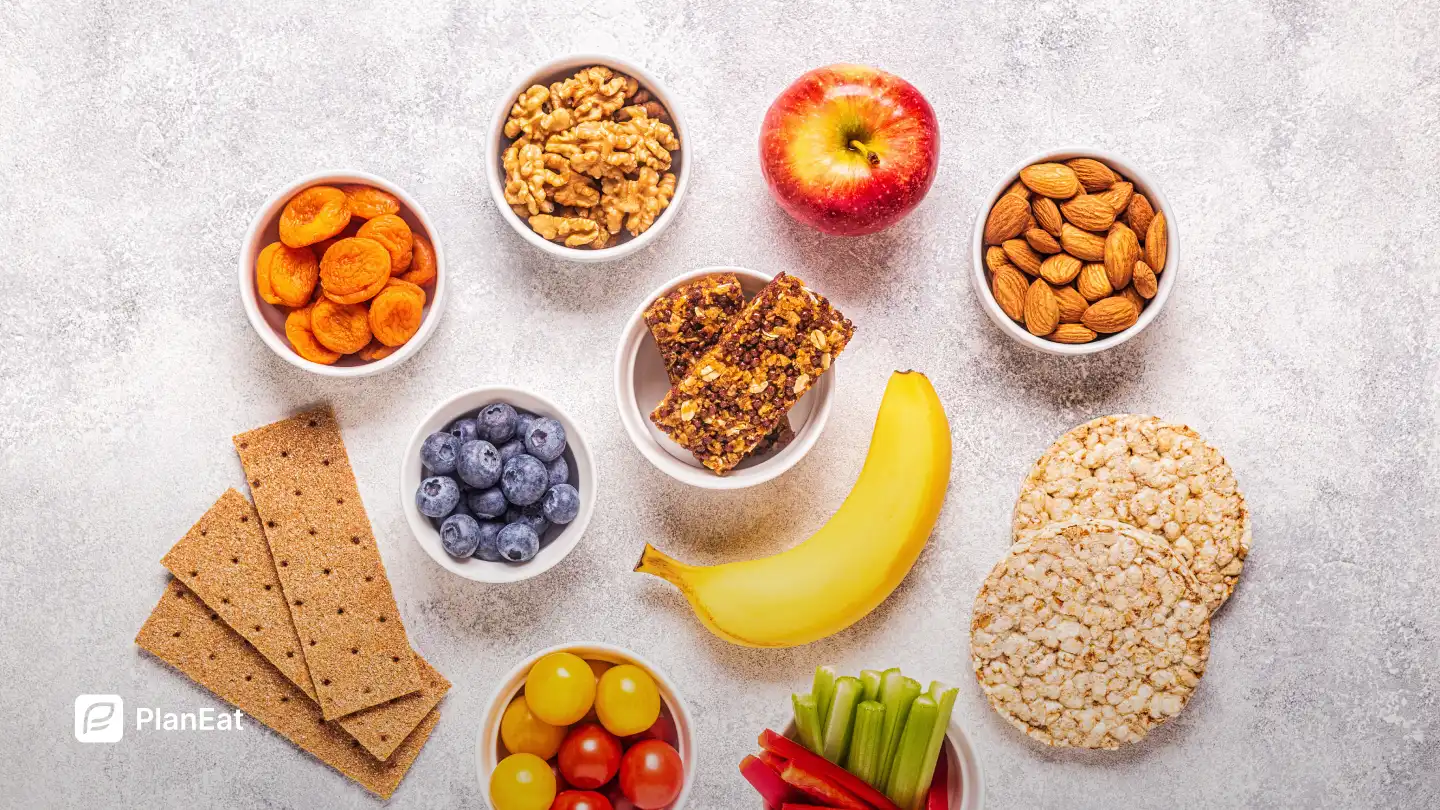
.webp)


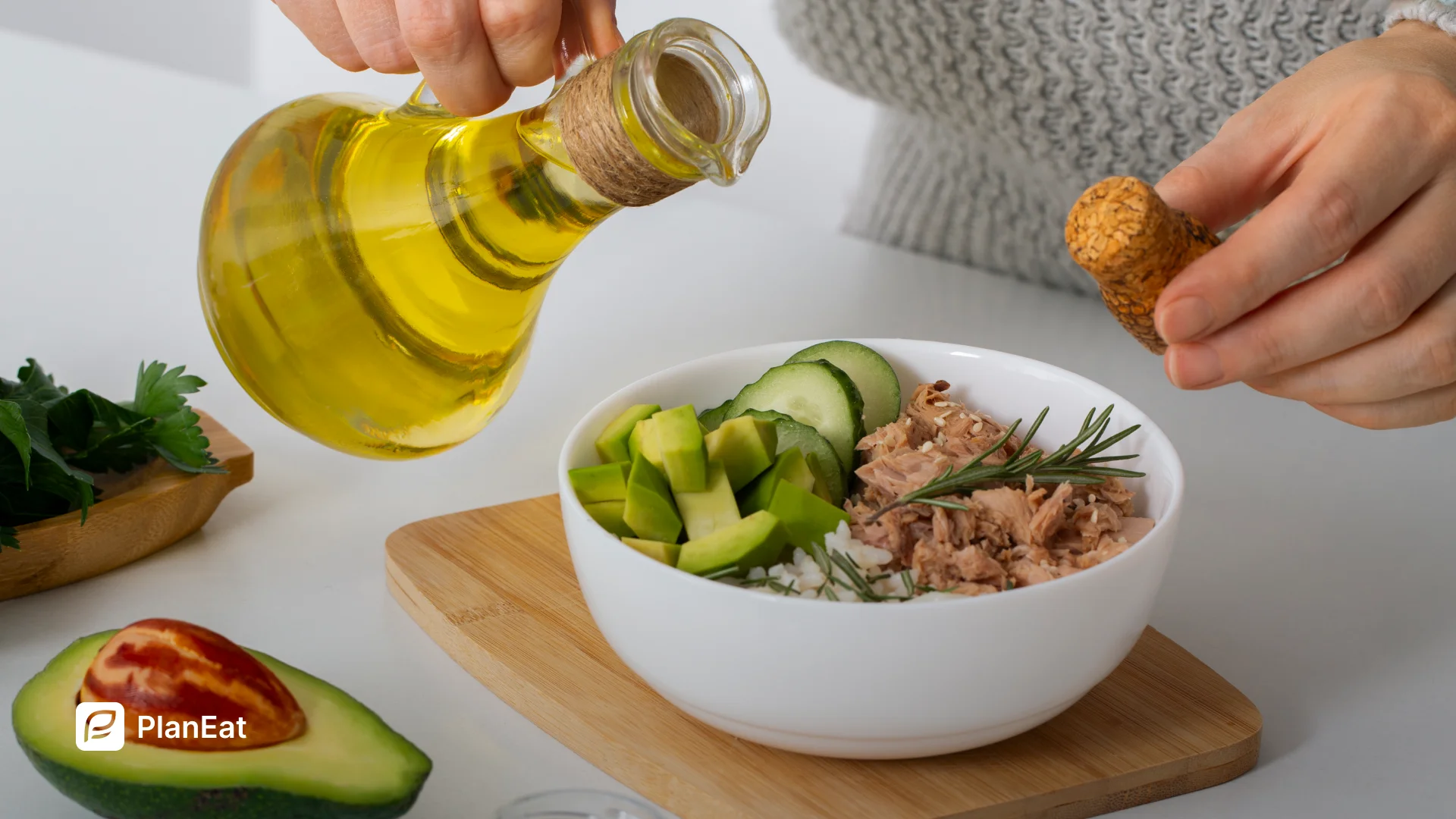
.webp)


.webp)
.webp)
.webp)
%20%2B%207%E2%80%91Day%20Menu.webp)




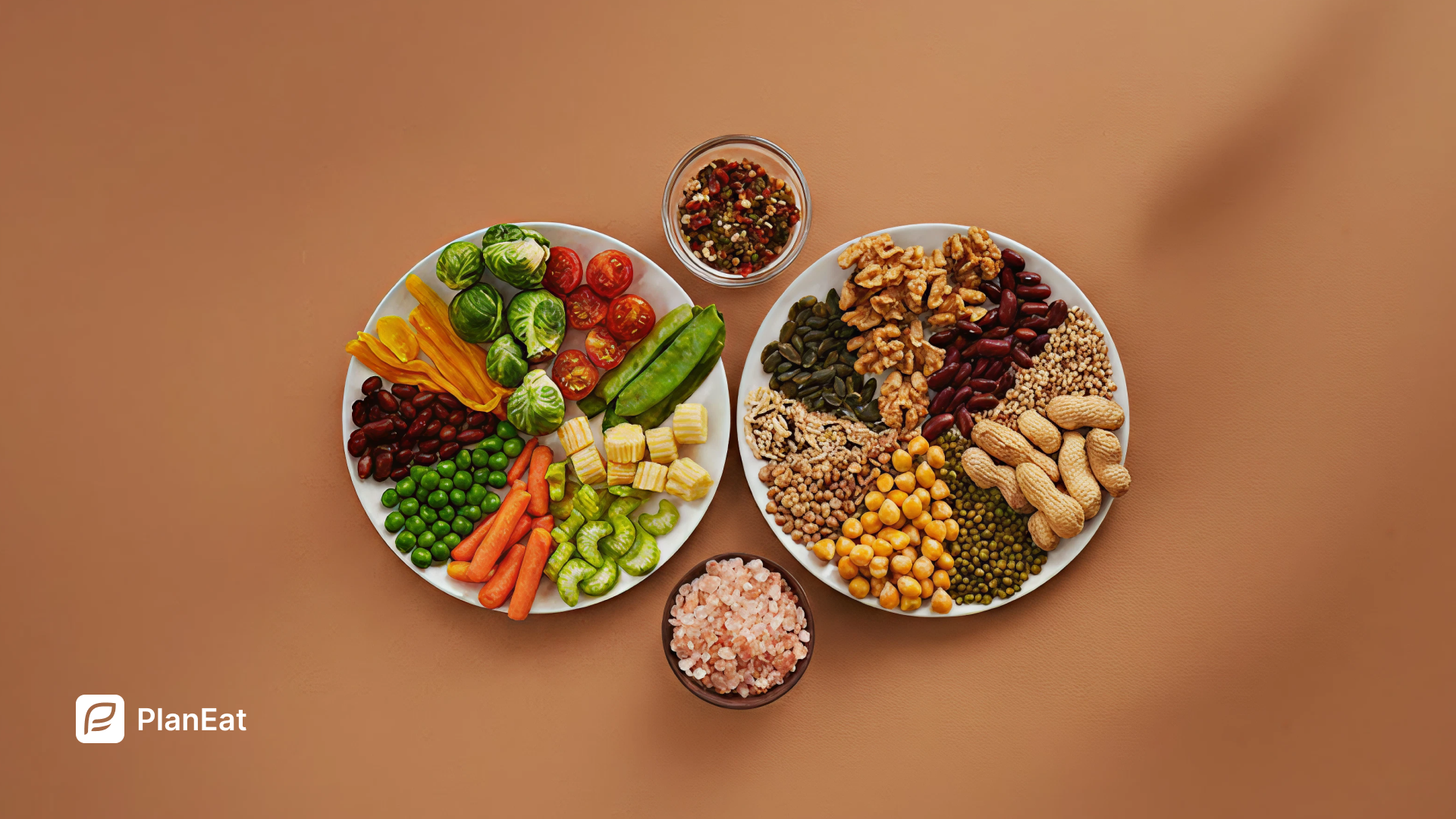
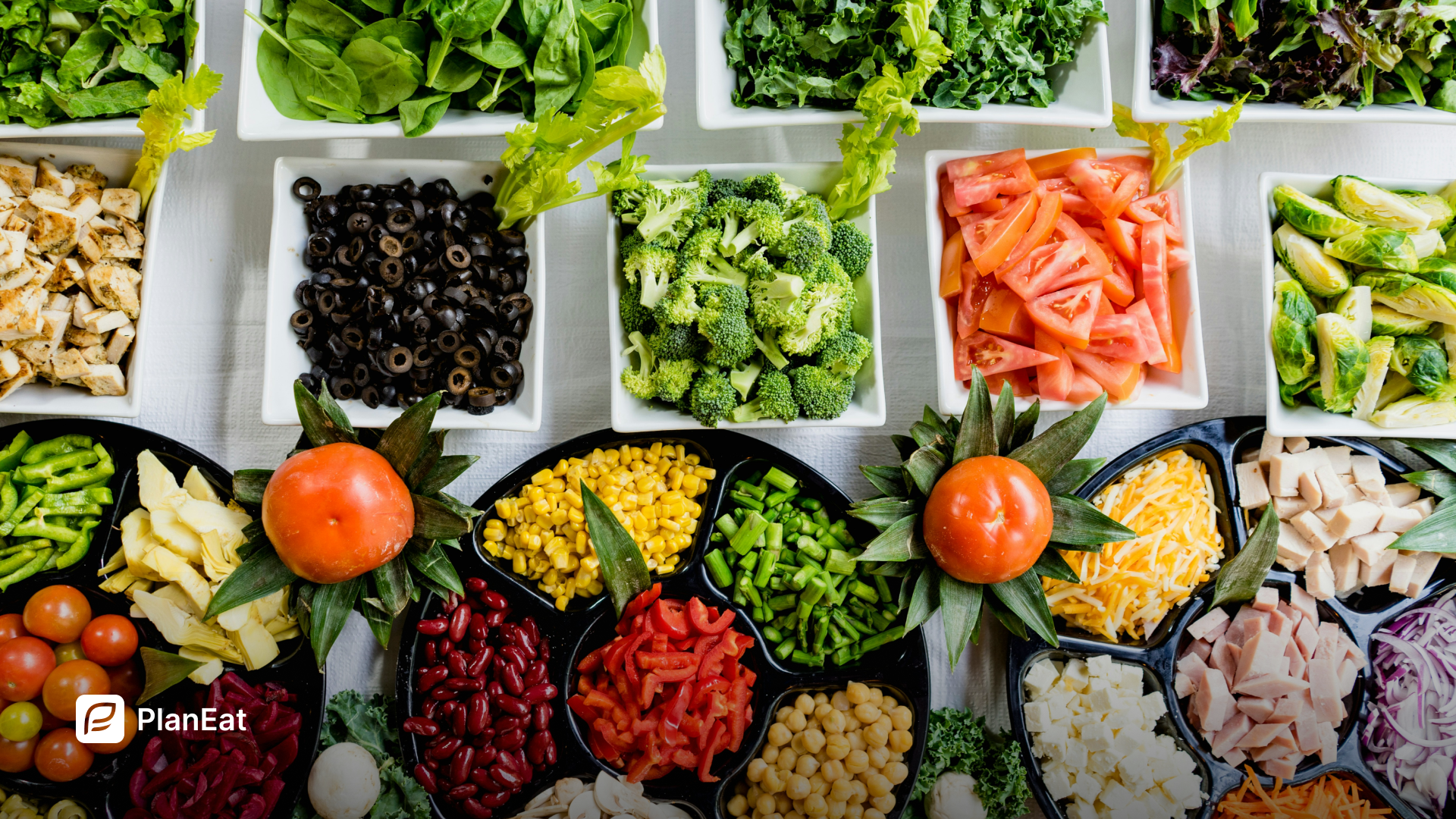
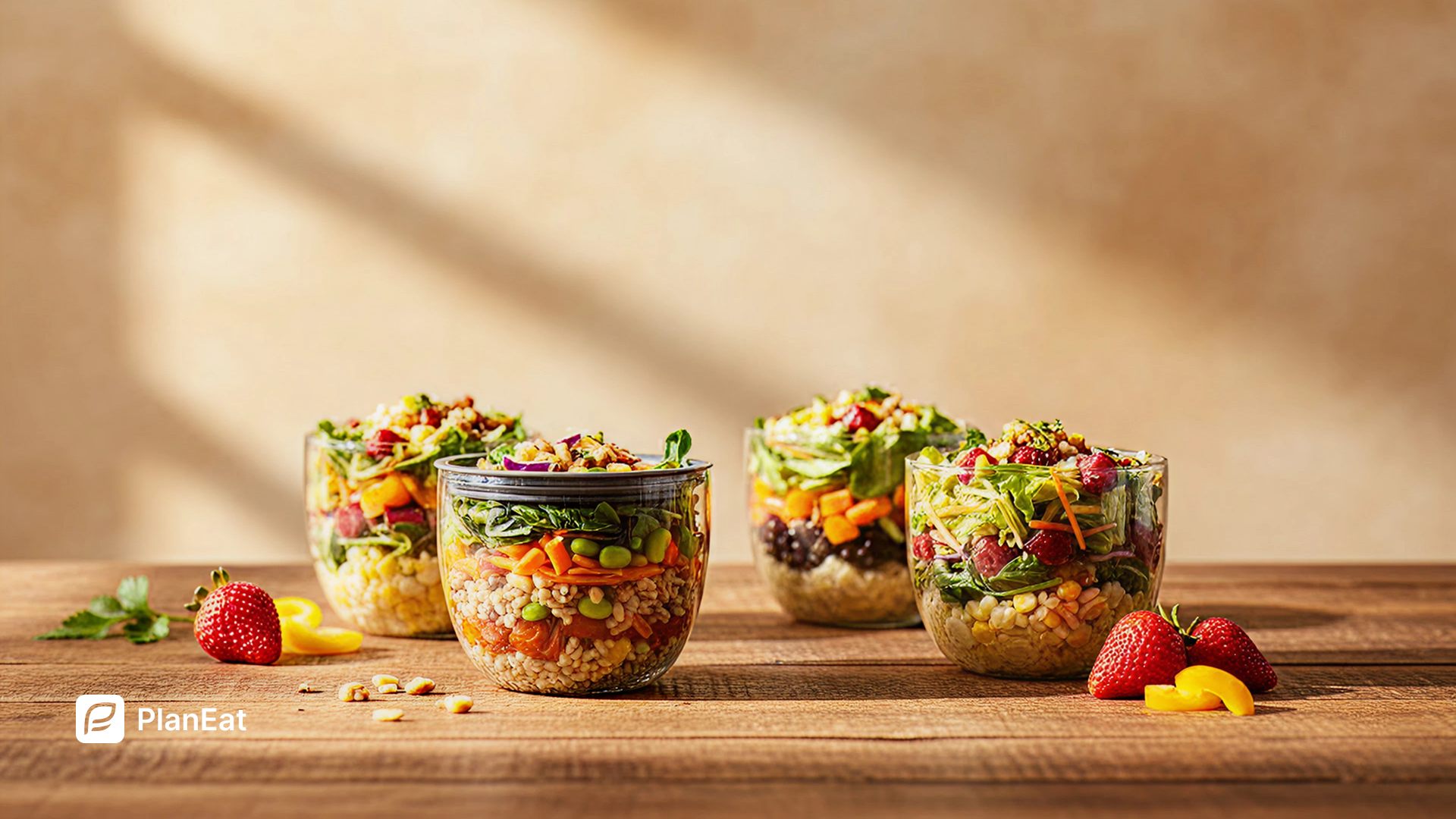

.webp)

